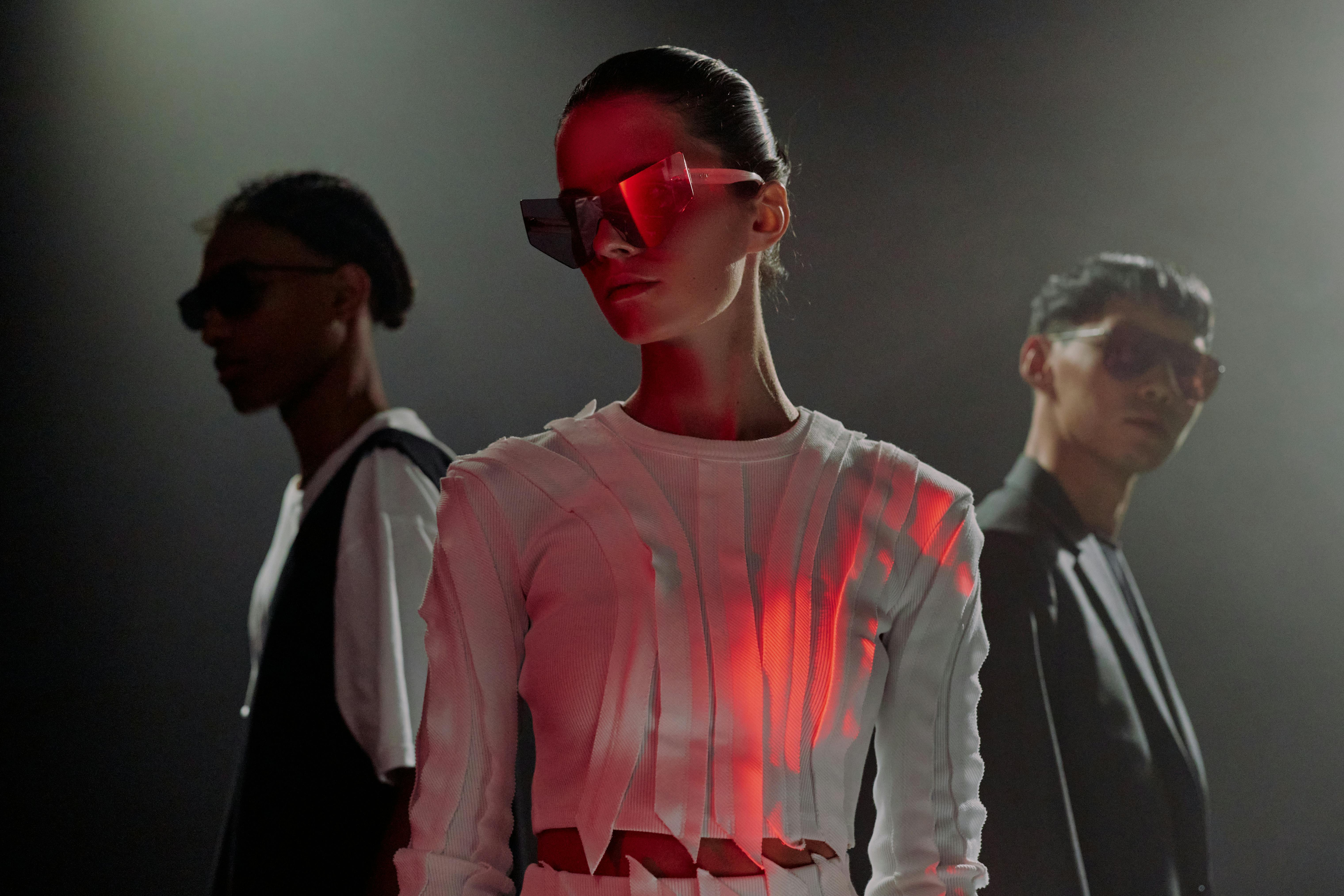Unraveling the Impact of Genderless Fashion in the Contemporary World
The fashion industry has always been a mirror reflecting the zeitgeist of society. Today, as societal norms evolve, the reflection we see in this mirror is increasingly genderless. This shift has given rise to a new fashion phenomenon, one that challenges traditional norms and embraces the fluidity of gender identity: genderless fashion. This article will delve into the origins, current trends, and future implications of this far-reaching movement.

The Genesis of Genderless Fashion
The concept of genderless fashion isn’t a new phenomenon. Looking back at history, we can trace its roots to periods like the Roaring Twenties when women began to adopt more androgynous looks. The 1960s and 70s saw unisex fashion becoming mainstream, with both men and women sporting similar hairstyles and clothing.
However, the current wave of genderless fashion is more than just shared clothing styles. It’s a manifestation of a larger societal shift toward acknowledging and accepting the fluidity of gender.
The Current Landscape: Embracing Fluidity
Today, genderless fashion is making waves in the industry, with numerous brands and designers embracing this trend. Runways are displaying collections that blur the lines between traditionally male and female clothing items. From oversized silhouettes to neutral color palettes, the modern aesthetics of genderless fashion are diverse and exciting.
Moreover, this trend isn’t confined to high fashion. It’s finding its way into everyday wear, with more consumers opting for items that aren’t confined to binary gender categories.
The Appeal and Influence of Genderless Fashion
The appeal of genderless fashion lies in its inclusivity. It allows individuals to express their identity outside the constraints of traditional gender norms. Fashion has always been a tool for self-expression, and genderless fashion takes this to a new level.
Industry-wise, this trend is influencing more than just clothing design. It’s reshaping marketing strategies, retail layouts, and even the language of fashion. For instance, some brands are doing away with separate ‘men’s’ and ‘women’s’ sections, instead opting for a more inclusive layout.
Navigating Genderless Fashion: Tips and Insights
- Don’t confine yourself to labels: Explore clothing items regardless of the gender they’re traditionally associated with.
- Play with silhouettes: Genderless fashion often involves experimenting with different shapes and fits.
- Embrace neutral and earth tones: These colors are a staple of the genderless fashion palette.
- Accessorize wisely: Accessories can be a great tool to add a personal touch to your outfits.
Looking Ahead: The Future of Genderless Fashion
As society continues to evolve and challenge traditional norms, it’s likely that genderless fashion will continue to grow. It’s not just a passing trend, but a sign of the times. It’s a manifestation of a societal shift toward acceptance and inclusivity.
In the future, we may see an even more blurred line between ‘men’s’ and ‘women’s’ fashion, with a larger emphasis on individual expression rather than gender norms.
In conclusion, genderless fashion is more than just a trend—it’s a movement. It’s a reflection of our evolving understanding of gender, and it’s reshaping not just our wardrobes, but the fashion industry as a whole. As we move towards a more inclusive future, genderless fashion is leading the way. After all, style knows no gender.





